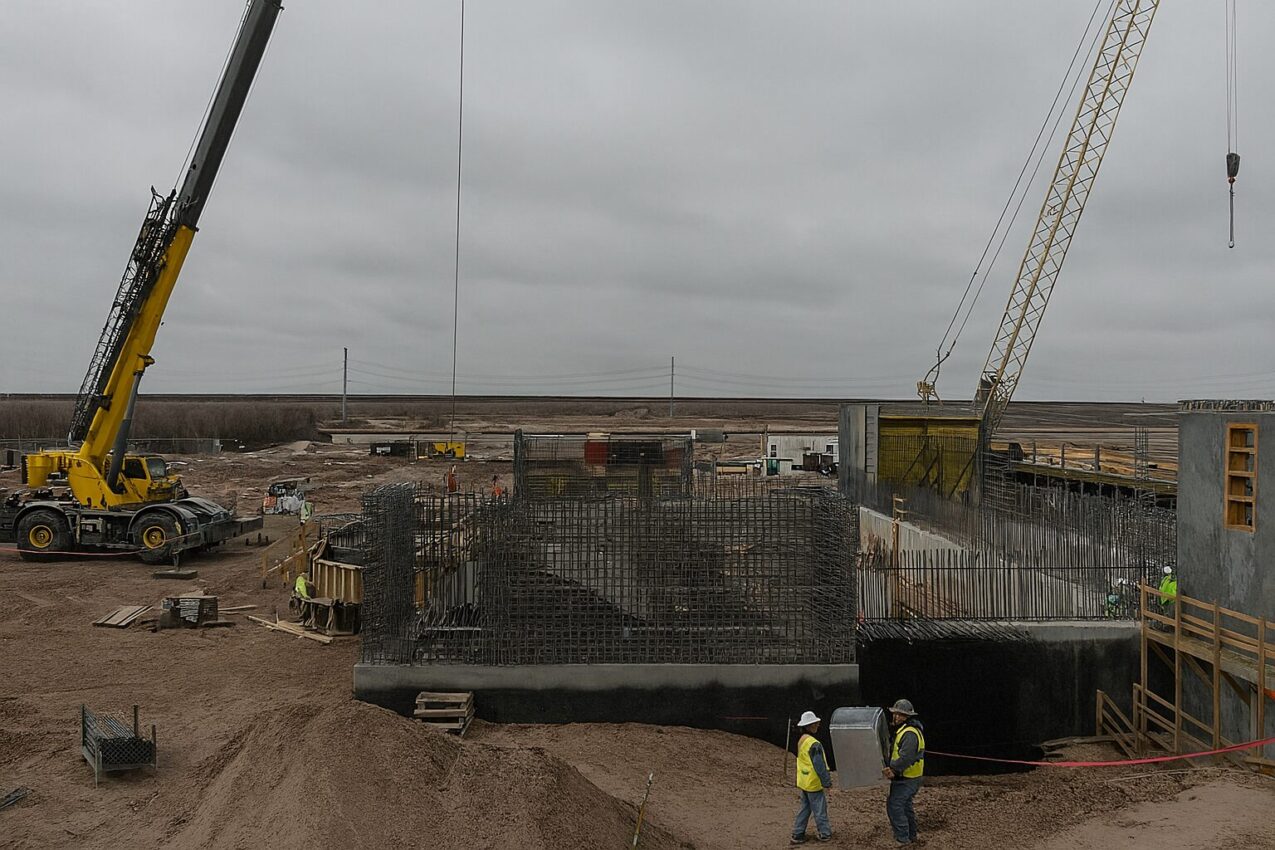How Texas Communities Are Solving Water Shortages with Direct Potable Reuse

Marble Falls, Big Spring, and El Paso have something in common – they stopped treating their water systems like three different problems. One Water means connecting what used to be separate: the drinking water plant, the wastewater plant, and stormwater management all work together now.
Direct potable reuse goes further. After treating wastewater at the plant, instead of releasing it to a river, cities run the water back into the raw water intake at their drinking water plant which ultimately ends up at residences homes. These aren’t experiments anymore – they’re proven systems keeping Texas communities water-secure.
Why Communities Are Embracing Water Reclamation
The 2022 State Water Plan laid out the hard truth: Texas needs 6.9 million acre-feet more water per year by 2070 just to meet basic needs during droughts. Drive through Dripping Springs or Wimberley and count the new subdivisions – most Hill Country towns will double in size before 2045. Lake Travis hit 30 feet below full in 2022.
Lake Buchanan dropped to 37% capacity. The TCEQ hasn’t issued new surface water rights in most basins for years because there’s nothing left to allocate. Direct potable reuse works when lakes go dry. Communities control the process from start to finish. The finished water exceeds EPA and TCEQ drinking water standards.
Understanding the Four-Stage Treatment Process
Walk through a DPR plant and you’ll see wastewater transformed step by step. Microfiltration comes first – plastic membranes with 0.1-micron pores that catch anything bigger than the smallest bacteria. Then reverse osmosis, where pumps push water through membranes so tight that salt molecules can’t pass through. Neither can pharmaceuticals, pesticides, or industrial chemicals. But some organics are tiny enough to slip through, so stage three hits the water with UV light while adding hydrogen peroxide. This combination rips apart any remaining chemical compounds.
Stage four fixes the taste – pure water actually tastes flat, so minerals get added back in controlled amounts. If the RO membranes develop a hole, the UV system still works. If the UV lamps burn out, the membranes already removed the contaminants.
Planning and Implementation Considerations for Texas Communities
Marble Falls is building their DPR system right now, and their approach shows how these projects actually happen.
Phase one: build a new wastewater plant outside the 100-year floodplain. Their old plant floods every few years, shutting down operations when the community needs water most.
Phase two: construct a pilot facility that treats 100,000 gallons per day. Run it for 12-18 months, test the water daily, and prove to TCEQ that it works.
Phase three: scale up to full size once regulators approve the pilot data. The whole process takes 5-7 years from planning to operation.
Texas Water Development Board loans covered 70% of Marble Falls’ costs at below-market rates. Without TWDB funding, most communities couldn’t afford the $50-100 million price tag.

Building Community Support Through Education and Engagement
Big Spring learned this lesson: start talking to residents two years before breaking ground. Their city manager held monthly forums at the library. Engineers brought water samples from each treatment stage. Residents could see murky wastewater turn crystal clear.
The city published test results in the newspaper every week. When septics asked tough questions, officials had answers backed by data. El Paso took a different approach – they built their pilot plant next to a busy road with viewing windows. Thousands drove by daily watching wastewater become drinking water. Both cities found the same thing: once residents understood the science, support followed. The loudest opponents often became the biggest champions after touring the facilities.
Modern Engineering Solutions – Your Partner in Water Innovation
We’re currently working on some pretty innovative projects in the Martindale area. We’re exploring how to reuse water in very interesting ways. If you want to learn more about how we’re reusing water, reach out to us.
Our team speaks at city council meetings, answers resident questions, and explains complex treatment processes in plain language. We handle permitting documents, pilot plant protocols, and construction specifications. When TCEQ requests modifications, we respond quickly with solutions that work.
Whether your community needs a feasibility study, pilot plant design, or full DPR implementation support, Modern Engineering Solutions brings the technical expertise and regulatory knowledge to move your project forward. Call us at (214) 833-6748 to discuss your community’s water future.
